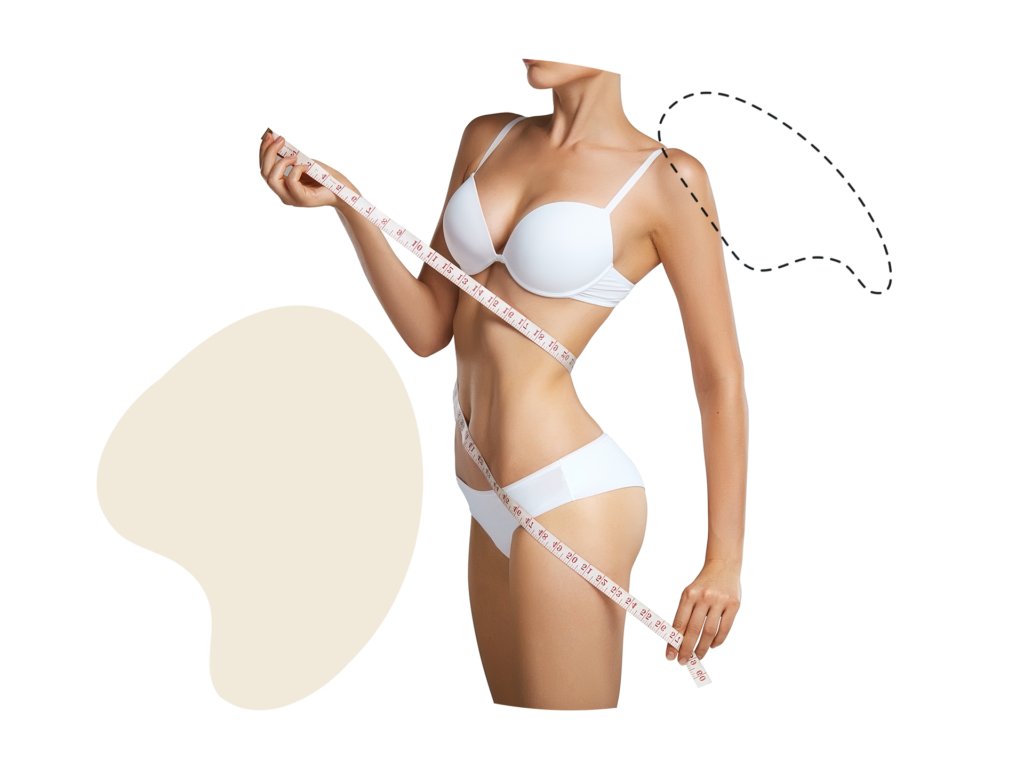Fat Transfer
Lipotransfer (fat grafting) is now a very common technique. It uses the patient’s own fat to add volume to various parts of the face and body.
In addition to adding volume, lipotransfer reduces scarring by improving the quality and elasticity of the overlying skin.

How is fat grafting done?
First, the plastic surgeon collects fat cells from the patient’s body and processes them for transfer. The surgeon then injects the fat cells back into the patient’s body or face, in the area selected for treatment.
From which places can fat be removed?
In which areas can fat transfer be applied?
Fat transfer is applied to any area the patient wishes to increase volume.
Applications for the face:
– Increasing lip volume
– Increasing cheekbone volume
– Filling the nasolabial fold
Applications for the body:
– Increasing breast volume
– Augmenting the buttocks
– Correcting irregularities after liposuction
How long does the procedure take?
Is general anesthesia needed?
In small volume lipotransfers, the procedure can be done with local anesthesia and/or sedation. In large volume lipotransfers, general anesthesia is required.
How long does recovery take?
The patient leaves the hospital usually on the same day, a few hours after the procedure. Depending on the scope of the procedure, he can return to work in 1-7 days.
- Ag. Theodoron 10, 14562 Kifisia
- 211 40 68 315
- Permanent Hair Removal
- 6996 162 162
- info@mexisplasticsurgery.com


